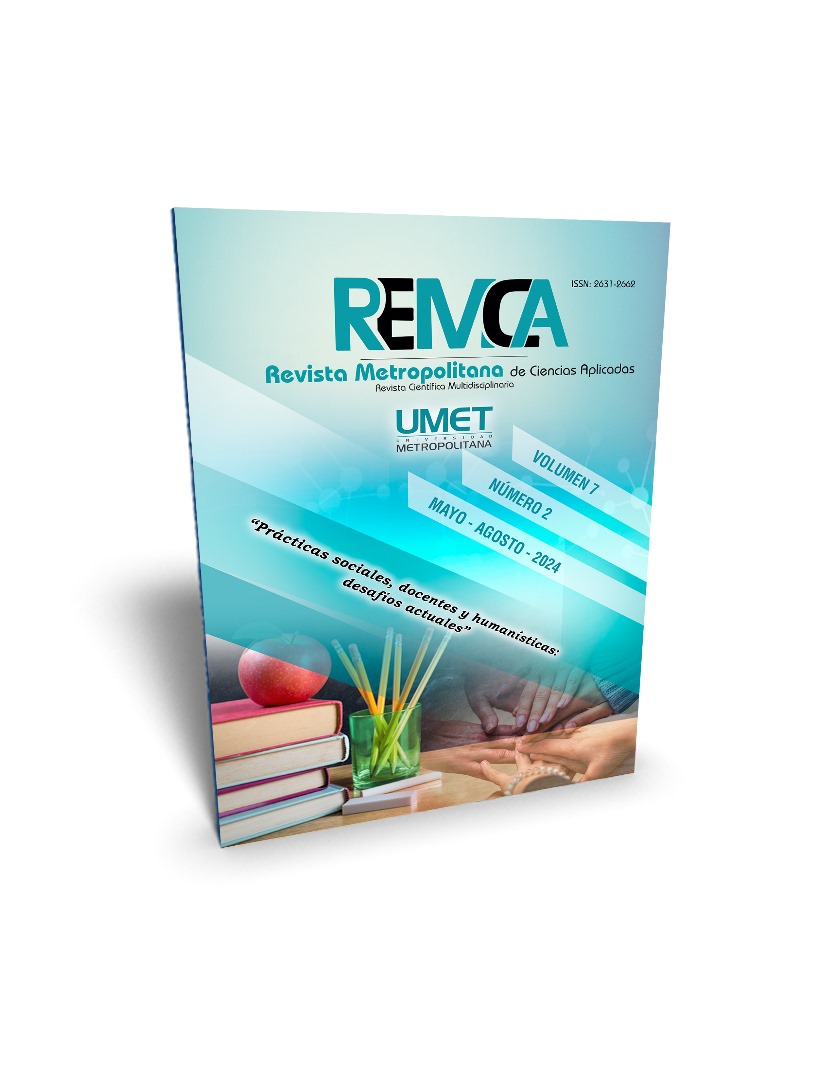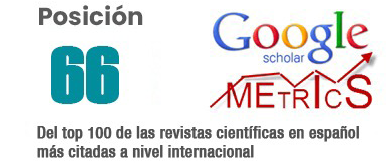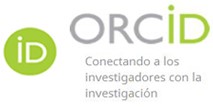Automated system for the control of the substantive processes of linkage with society of the information systems engineering career at the UMET
DOI:
https://doi.org/10.62452/yh2fav04Keywords:
System, automation, control, connection with societyAbstract
The following research presents a system to optimize the control of the processes of Linkage with society within the Information Systems Engineering career at the Metropolitan University of Ecuador (UMET). Currently, the management of students' academic information is affected by the dispersion of data in printed documents, which makes access and a prompt response to the information requirements formulated in the different processes difficult. Currently, career procedures are carried out manually, which leads to the loss of documents and the possibility that coordinators forget to provide answers about the current status of the processes that students are carrying out. The proposed system seeks to mitigate these problems, providing support to both the process coordinator and the student. The system makes it easier for the coordinator to keep precise control of which students are immersed in each process and in what phase they are. Additionally, it allows you to approve or reject the documentation associated with the process, ensuring that it is completed correctly. This procedure is essential so that the coordinator can approve the process and the student obtains a certificate that validates their participation in said activity, essential for their degree. In addition, the system offers students the possibility of enrolling in any of the available processes and completing them efficiently. All the documentation necessary to carry out the process in which you register will be available in the system, thus facilitating your participation and contributing to a more fluid and efficient experience.
Downloads
References
Aguilar, J. M. (2019). ¿Qué es el patrón MVC en programación y por qué es útil? https://www.campusmvp.es/recursos/post/que-es-el-patron-mvc-en-programacion-y-por-que-es-util.aspx
Creately. (2022). La Fácil Guía de los Diagramas de Componentes. https://creately.com/blog/es/diagramas/tutorial-de-diagrama-de-componentes/#:~:text=%EF%BE%BFQu%EF%BF%A9
GBTEC Software AG. (2021). BPMN - El estándar para el Modelado de Procesos de Negocios. https://www.gbtec.com/es/recursos/bpmn/
Hitpass, B. (2021). BPM: Business Process Management: Fundamentos y Conceptos de Implementación. BPM Center.
Microsoft Corporation. (2023). ¿Qué es el modelado de datos? https://powerbi.microsoft.com/es-mx/what-is-data-modeling/#:~:text=El
Universidad Autónoma de Baja California. (2019). Aplicación del Laboratorio de Computación para solicitar material en préstamo. https://yaqui.mxl.uabc.mx/login
Universidad Metropolitana del Ecuador. (2019). Reglamento de Vinculación con la Sociedad. https://umet.edu.ec/reglamento-de-vinculacion-con-la-sociedad/
Downloads
Published
Issue
Section
License
Copyright (c) 2024 Tonysé de la Rosa-Martín, María Lucía Brito-Vallina (Autor/a)

This work is licensed under a Creative Commons Attribution-NonCommercial-ShareAlike 4.0 International License.
Authors who publish in Revista Metropolitana de Ciencias Aplicadas (REMCA), agree to the following terms:
1. Copyright
Authors retain unrestricted copyright to their work. Authors grant the journal the right of first publication. To this end, they assign the journal non-exclusive exploitation rights (reproduction, distribution, public communication, and transformation). Authors may enter into additional agreements for the non-exclusive distribution of the version of the work published in the journal, provided that acknowledgment of its initial publication in this journal is given.
© The authors.
2. License
The articles are published in the journal under the Creative Commons Attribution-NonCommercial-ShareAlike 4.0 International License (CC BY-NC-SA 4.0). The terms can be found at: https://creativecommons.org/licenses/by-nc-sa/4.0/deed.en
This license allows:
- Sharing: Copying and redistributing the material in any medium or format.
- Adapting: Remixing, transforming, and building upon the material.
Under the following terms:
- Attribution: You must give appropriate credit, provide a link to the license, and indicate if any changes were made. You may do this in any reasonable manner, but not in any way that suggests the licensor endorses or sponsors your use.
- NonCommercial: You may not use the material for commercial purposes.
- ShareAlike: If you remix, transform, or build upon the material, you must distribute your creation under the same license as the original work.
There are no additional restrictions. You may not apply legal terms or technological measures that legally restrict others from doing anything the license permits.




